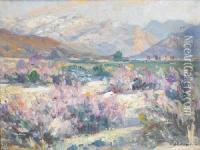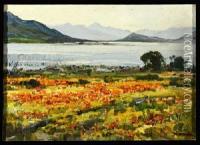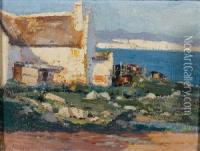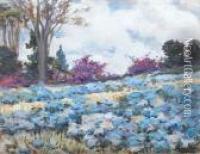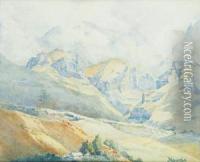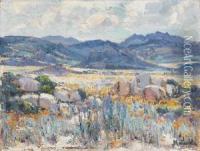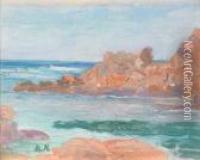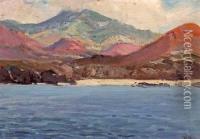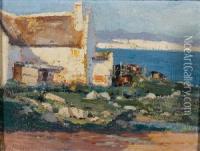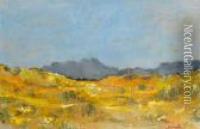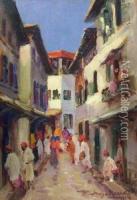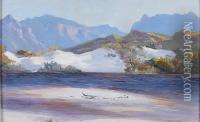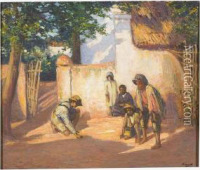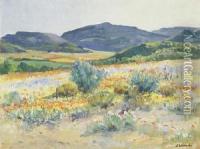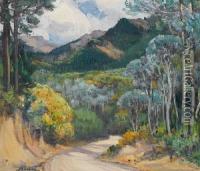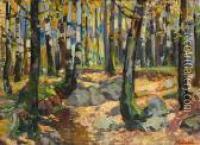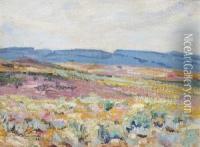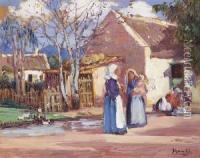Hugo Pieter Naude Paintings
Hugo Pieter Naudé was a notable South African artist, born on October 10, 1868, in Worcester, in the Western Cape. Recognized for his impressionistic approach to painting, Naudé was among the first South African artists to gain acclaim for this European style. His early education was at the local Dutch Reformed Church School, and his talent for art was evident from a young age.
In 1890, Naudé left South Africa to study art in Europe, which was a significant move for his career. He spent time in Germany, at the Kunstakademie Düsseldorf, and later went to the Royal Academy in Antwerp, Belgium. During his time in Europe, he was exposed to the works of the Old Masters and the contemporary impressionist movement, both of which influenced his painting style.
Upon returning to South Africa in the late 1890s, Naudé initially struggled to gain recognition in a country that had little infrastructure to support artists. However, he persisted with his work, drawing inspiration from the South African landscape and its people. His paintings often depicted scenes of rural life, including the Cape Dutch homesteads, flowering meadows, and the daily lives of the indigenous population.
Naudé's impressionistic style gradually gained popularity, and he became a leading figure in South African art circles. He was instrumental in the establishment of the South African Society of Artists in 1902. His work started to be exhibited more frequently, and he began to attract a following of art students and patrons.
During his career, Naudé traveled extensively within South Africa, capturing the diverse landscapes and atmospheres in his work. His palette was characterized by bright, luminous colors, and he employed a loose, expressive brushwork that brought energy and life to his subjects.
Despite facing the challenges of the First World War and the economic depression that followed, Naudé continued to paint and contribute to the South African art scene until his death on May 12, 1941. Today, Hugo Pieter Naudé is celebrated as a pioneer of impressionism in South African art and his works are held in high regard, with many displayed in national galleries and private collections around the world.
